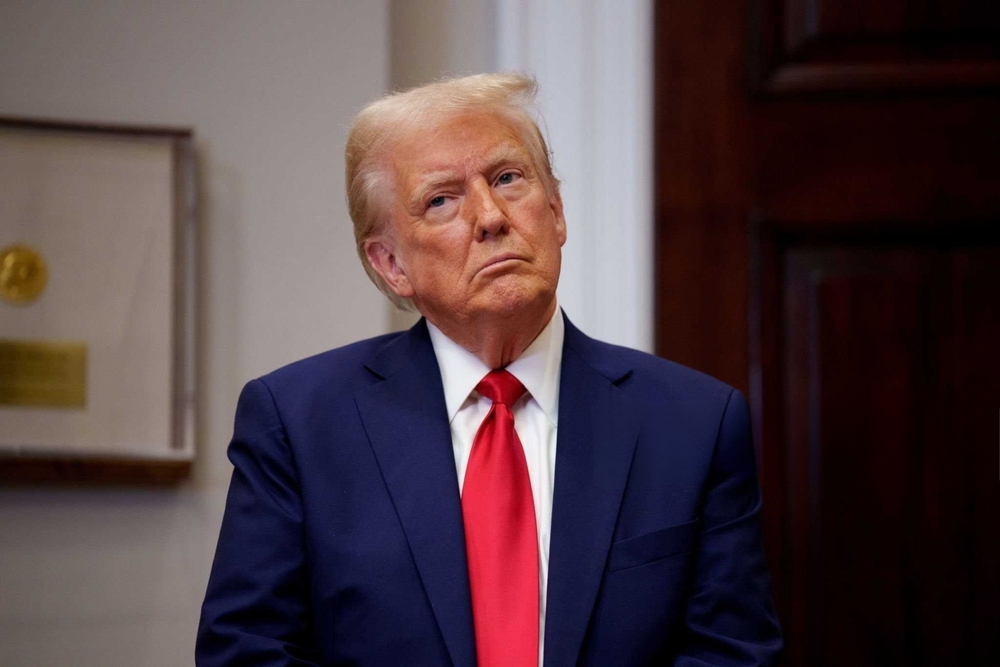
Bond vigilantes are once again testing Trump, with a fresh Treasury sell-off sparking concerns that the White House may be forced to appease increasingly restless investors.
The 10-year U.S. Treasury yield surged to 4.52% on May 14, its highest close since February and up 35 basis points since the end of April.
Even the 30-year yield briefly topped 5% during the week, another milestone not seen since April.
“The bond market is fighting Trump,” wrote The Kobeissi Letter, a wide-followed market commentator.
“Despite countless efforts to calm yields, they keep rising. As trade deals are announced, rate cuts are being priced out, giving [Fed Chair] Powell more of a reason to not cut rates. Again, we believe the bond market is Trump’s top economic priority here.”
The bond market is fighting Trump:
undefined The Kobeissi Letter (@KobeissiLetter) May 13, 2025
Despite countless efforts to calm yields, they keep rising.
The 10Y Note Yield is now up +35 bps in May alone, back at 4.50%.
As trade deals are announced, rate cuts are being priced out, giving Powell more of a reason to not cut rates.… pic.twitter.com/7LCuywFqMK
With the administration now floating sweeping tax cuts that could blow up the deficit, analysts say bond investors may again force Trump’s hand.
“We are now reaching yield levels that previously seemed to trigger sensitivity from the U.S. administration,” Deutsche Bank analysts told clients.
That’s consistent with what Spencer Hakimian, founder of Tolou Capital Management, told Investors Observer back in April, identifying a 5% yield on the 10-year Treasury as Trump's "capitulation point."
Trump vs. the “Yippy” bond market
After his so-called “Liberation Day” tariffs sent markets reeling, Trump dismissed the bond market’s reaction as overly dramatic, calling investors “yippy," a term he used to suggest they were too anxious.
Soon after, he toned down the hardline rhetoric and began promoting trade agreements instead. That shift culminated on May 11 with the announcement of a U.S.-China trade deal that slashed some tariffs.
The move set off a broad market rally, with the S&P 500 erasing its year-to-date losses and the Nasdaq re-entering bull market territory.
That said, economists say the deal is more style than substance.
Peter Perezin of BCA Research noted that U.S. tariffs on Chinese goods remain five times higher than they were before Trump took office.
If those levels stay in place, he warned, Chinese import volumes could fall by more than half, impairing global trade and markets.
Goldman Sachs backed that view, stating that tariffs remain at “prohibitively high levels,” despite the White House’s attempts to brand the deal as a win for free trade.
Your email address will not be published. Required fields are markedmarked